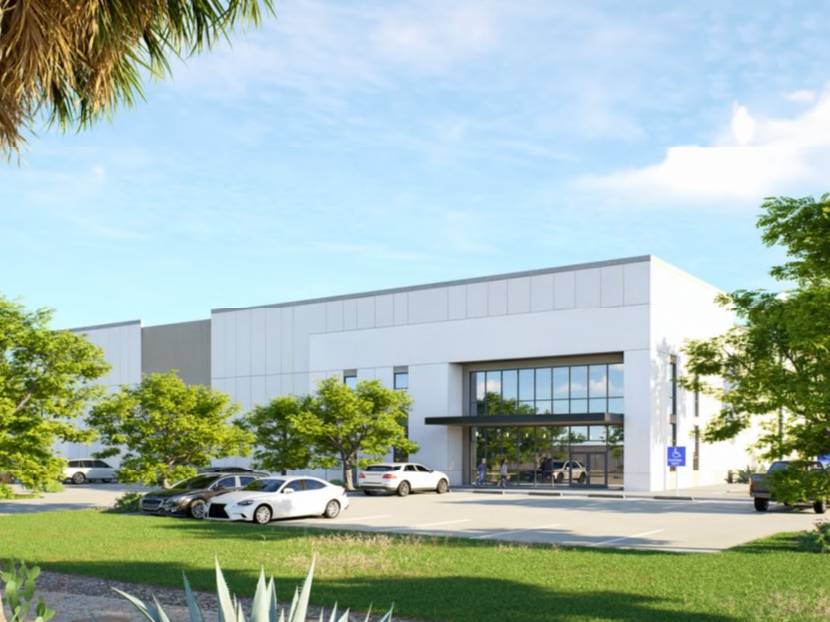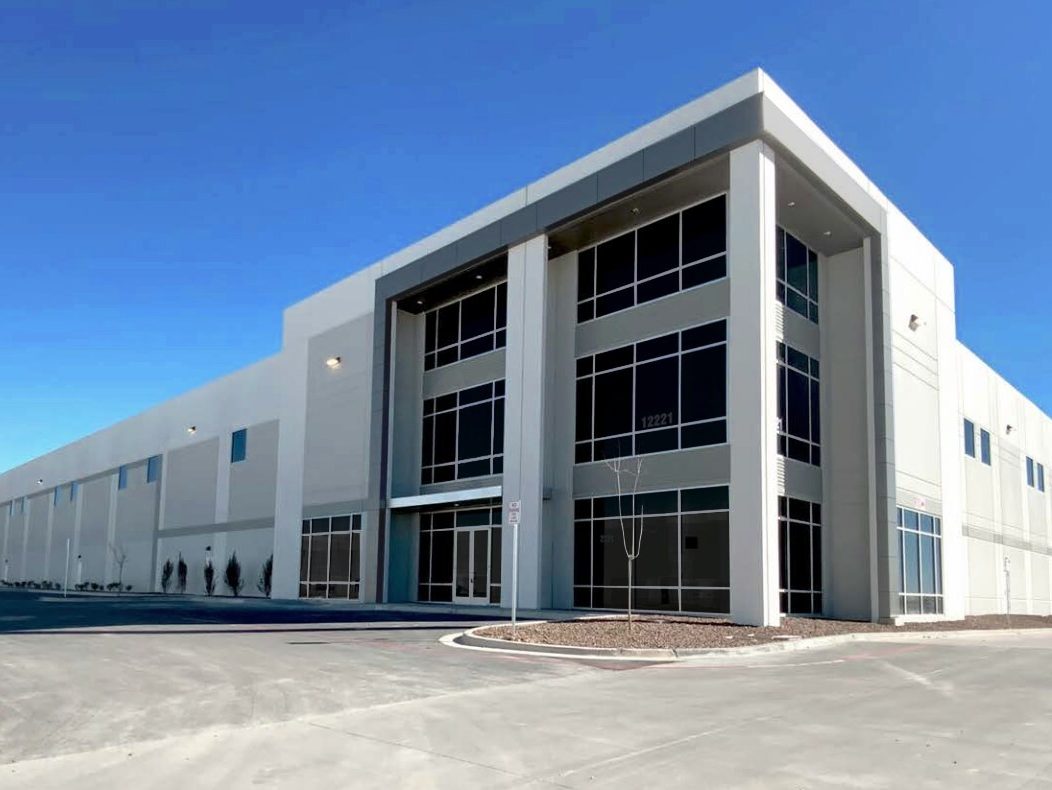Law Firms Take Short-Term View of Leasing
New reports from Newmark and Savills show how the pandemic is changing strategies for this crucial category of office users.

Image by Patrick Sommer via Pixabay
With uncertainty over when their teams will be able to return to offices and in what numbers still looming, some law firms are taking a wait-and-see approach to post-pandemic leasing plans. According to new reports from Newmark and Savills examining law firm real estate trends, many firms chose to renew existing leases rather than relocate this past year, and those that did renew leases were doing so for shorter terms, often five years or less.
READ ALSO: Return to the Office at a Trickle, CoreNet Global Finds
The Newmark report—U.S. Law Firm Estate Trends: Their Recent Evolution and What to Expect Post-COVID—stated the five largest law firm transactions in New York City signed after the pandemic began were for terms of five years or less.
The Savills U.S. Law Firm Activity Report written by Tom Fulcher, chair of the Legal Tenant Practice Group, and Sarah Dreyer, vice president & head of Americas Research, said law firm renewal terms declined by an average of 23 percent from 2019 to 2020.
“San Francisco, one of the markets most impacted by the pandemic and related business restrictions, saw the greatest decline in average term, indicating that short-term renewals are prevalent, while the market awaits any sort of reopening,” the report stated.
In one of the more unusual law firm lease renewals, Blank Rome renewed its lease in Philadelphia with no set square footage, opting instead to make the final decision on reduction of space before the lease commences.
Bethany Schneider, Newmark director of research and report author, noted that for the past five to 10 years law offices have been downsizing as they focused on space efficiency, often choosing to take less space in newer and/or nicer buildings. Now that their employees have been working remotely for a year, these firms are realizing that they may not have been using their space as efficiently as they could.
“They are realizing some offices were only occupied two or three days a week due to travel, meetings etc.,” Schneider told Commercial Property Executive.
Planning for a post-COVID-19 return to offices has also led law firms to consider “a continuum of future options ranging from a fully virtual firm to the traditional in-office model that was prevalent pre-pandemic,” Schneider said.
While fully remote offices are unlikely, so is a shift toward universal hoteling, or nondedicated workspaces, in law firm offices. But it’s clear there will likely be changes that could entail implementing a more flexible office configuration beyond single-space offices that had been a prominent trend.
Options could include hoteling for some portion of attorneys and staff, perhaps 10 percent to 30 percent, Schneider said. Other possibilities could be relocating nonlegal staff to less expensive real estate markets, offering more satellite offices and allowing more flexibility to work from home. She said some firms have begun surveying employees to see how they were using the office space before the pandemic with a goal of determining how frequently employees plan to be in the office after the pandemic and what that means for future space requirements.
Leasing and Subleasing Activity
Law firm leasing activity dropped 41 percent between 2019 and 2020, according to the Newmark white paper. The Savills report noted that firms using more than 20,000 square feet leased a total of 5.4 million square feet across major U.S. markets in 2020, down 37 percent from 2019. Furthermore, the fourth quarter had the lowest amount of activity, as leases that had been planned before the pandemic dried up, but this varied by market.
Some markets like Washington, D.C., Los Angeles and San Francisco saw increased volume last year. In Washington, D.C., law firm activity was up 42 percent while the overall market in the nation’s capital saw a 24 percent decline in activity. Driven by renewals, Los Angeles had a 37 percent increase in law firm leasing activity while the overall market was down 47 percent in leasing volume.
In San Francisco, one of the markets hit hardest by the pandemic, law firm leasing activity increased by 23 percent over the year while the overall leasing volume dropped by 68 percent for all industries. In New York, law firm leasing activity dropped by nearly 55 percent from 3.1 million square feet in 2019 to 1.4 million square feet in 2020.
READ ALSO: What the Future of WFH Means for Office Space
Some firms are taking an opportunistic approach to transactions during the pandemic. Several restructured their leases to take advantage of attractive concession packages from landlords. Others turned to subleasing excess space.
The two reports differed on how big a role law firms were playing in an uptick in subleasing. According to Savills, available sublease space increased by 52 percent across all markets as companies were looking to reduce their real estate costs. But, the Savills report authors wrote, “generally law firms are not contributing to the rise in subleased availability in most markets”; aside from Washington, D.C., law firm subleases represented 6 percent or less of sublease space in major markets since the first quarter of 2020.
The Newmark report, however, found the sublease trend is more prevalent in higher-cost markets that have a high concentration of law firms such as Los Angeles, where at least three law firms are offering blocks of sublease space 25,000 square feet or larger in the Downtown and Century City submarkets. New York, Chicago and Washington, D.C., are seeing significant pandemic-related subleasing of unused space by law firms, the report said.
“Subleasing is not a very high-risk strategy,” Schneider told CPE. “If it’s not successful, there’s no substantial cost” to the firm.







You must be logged in to post a comment.